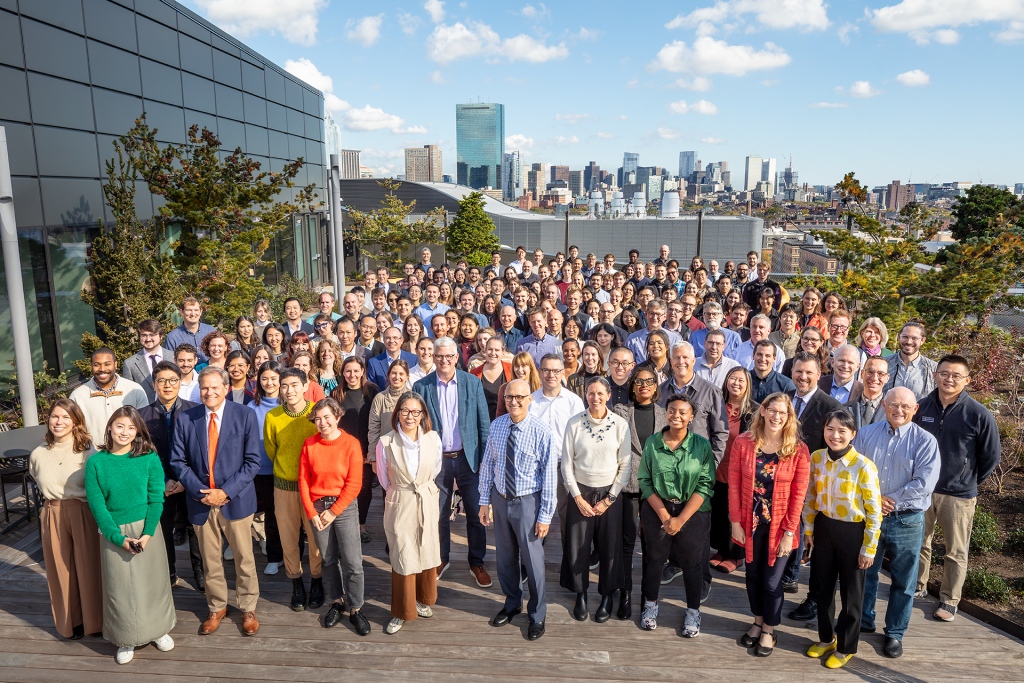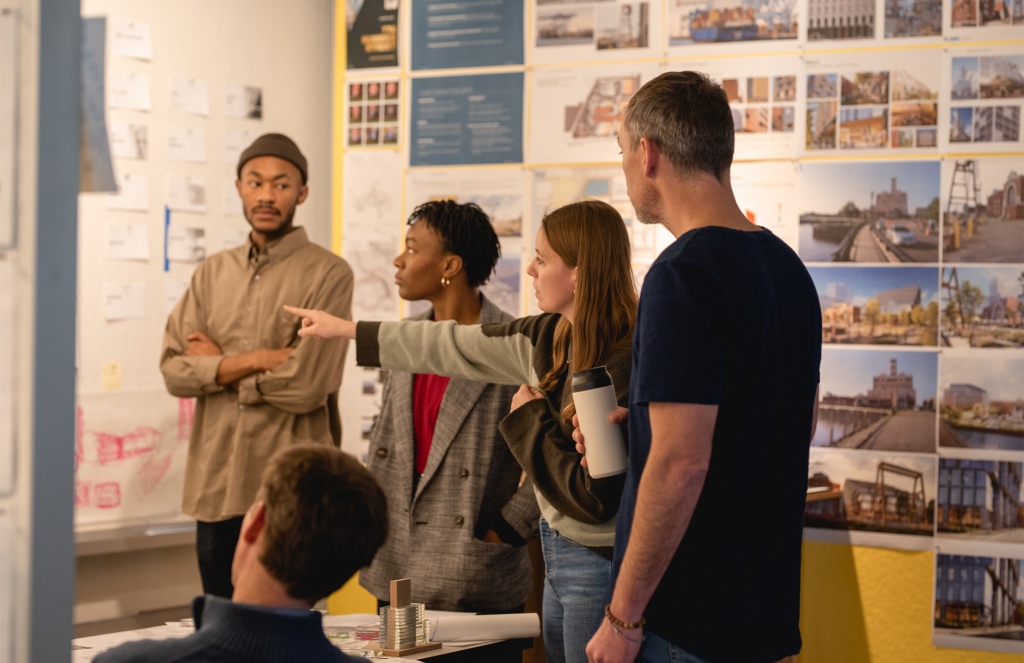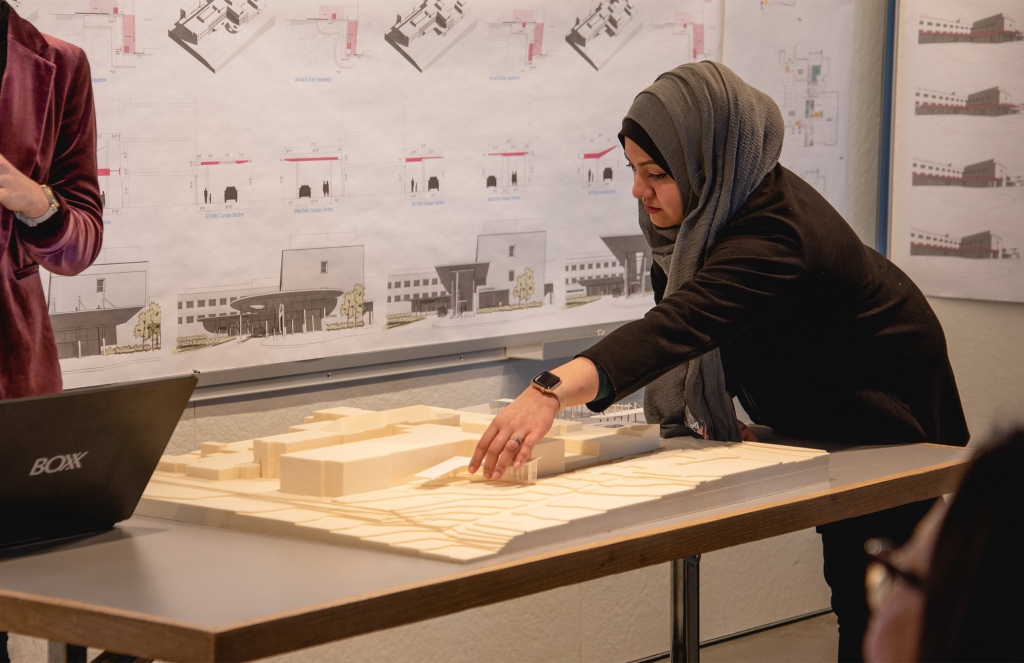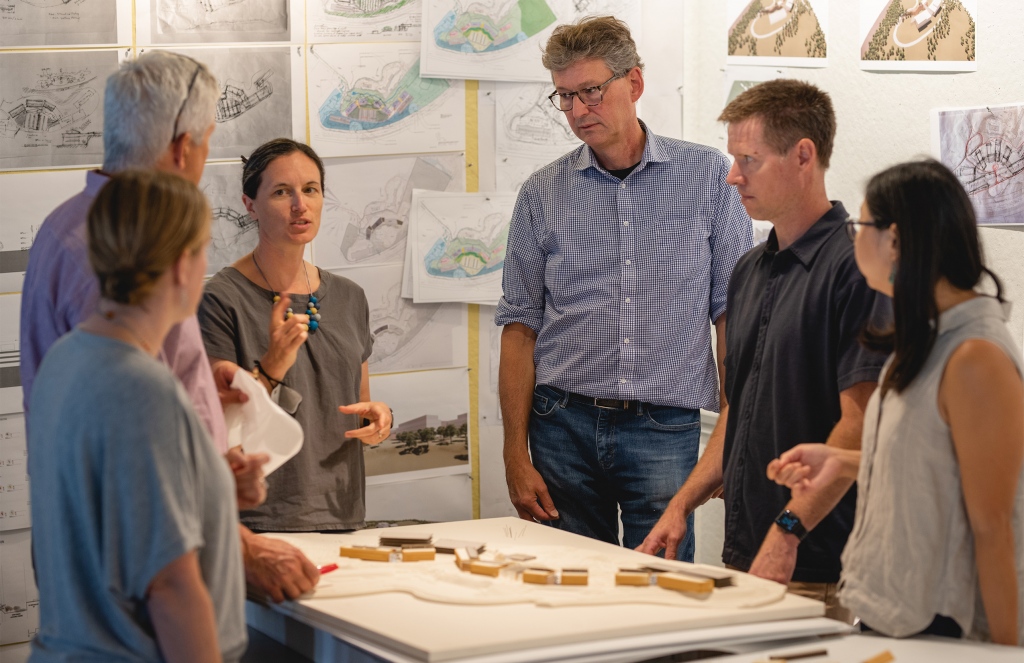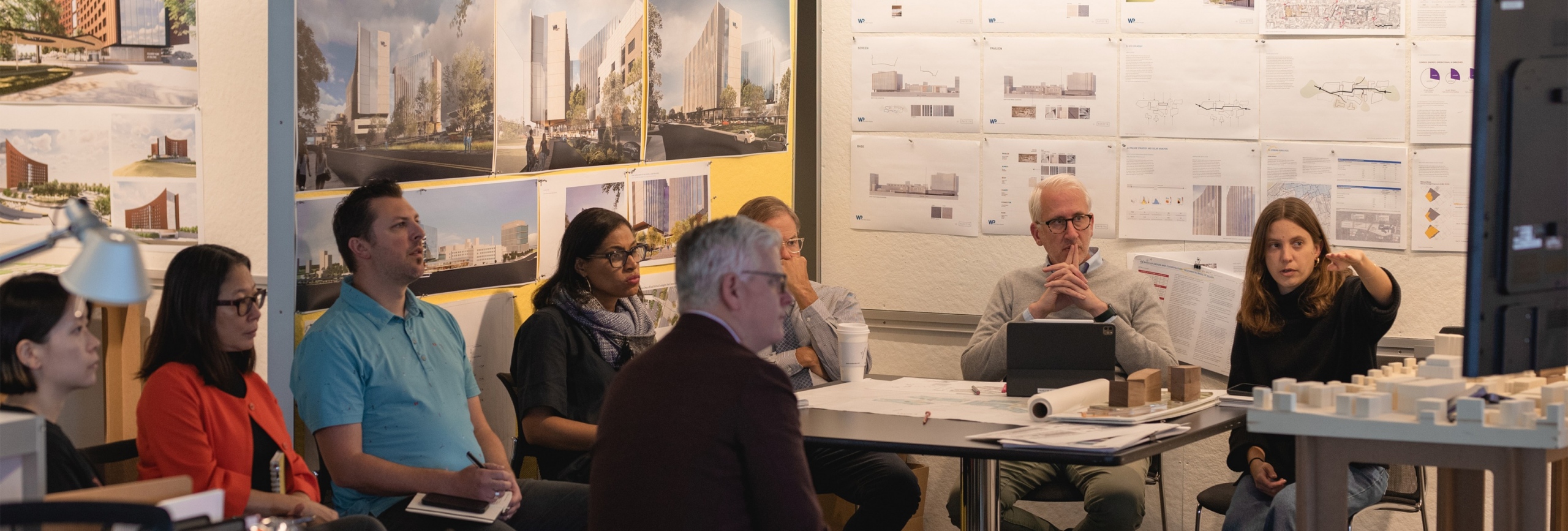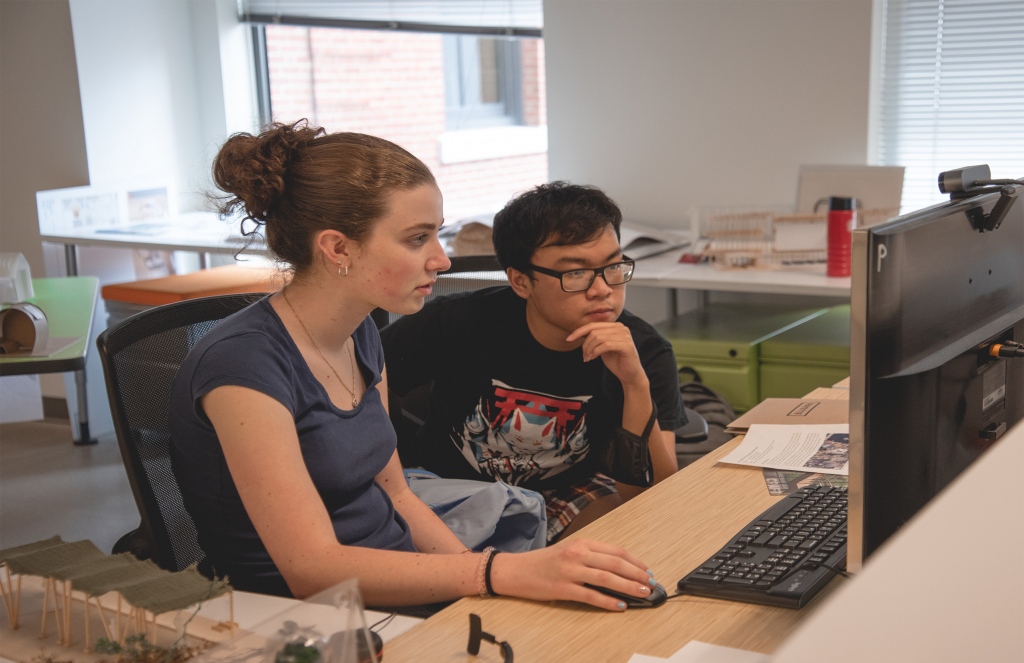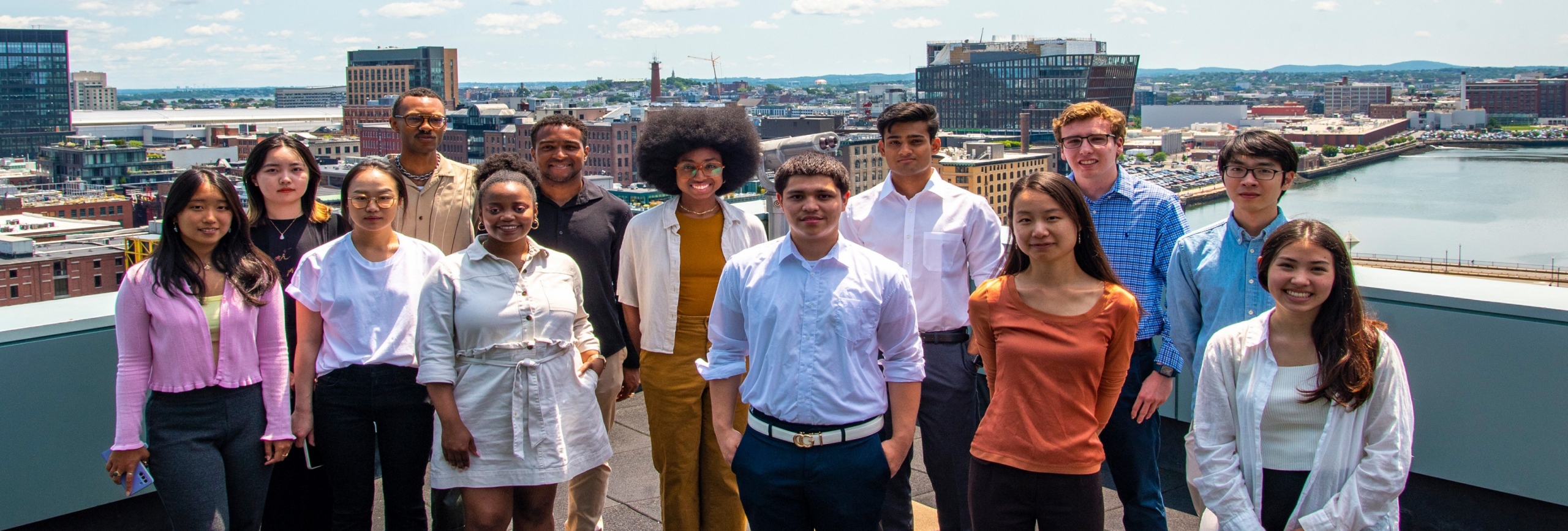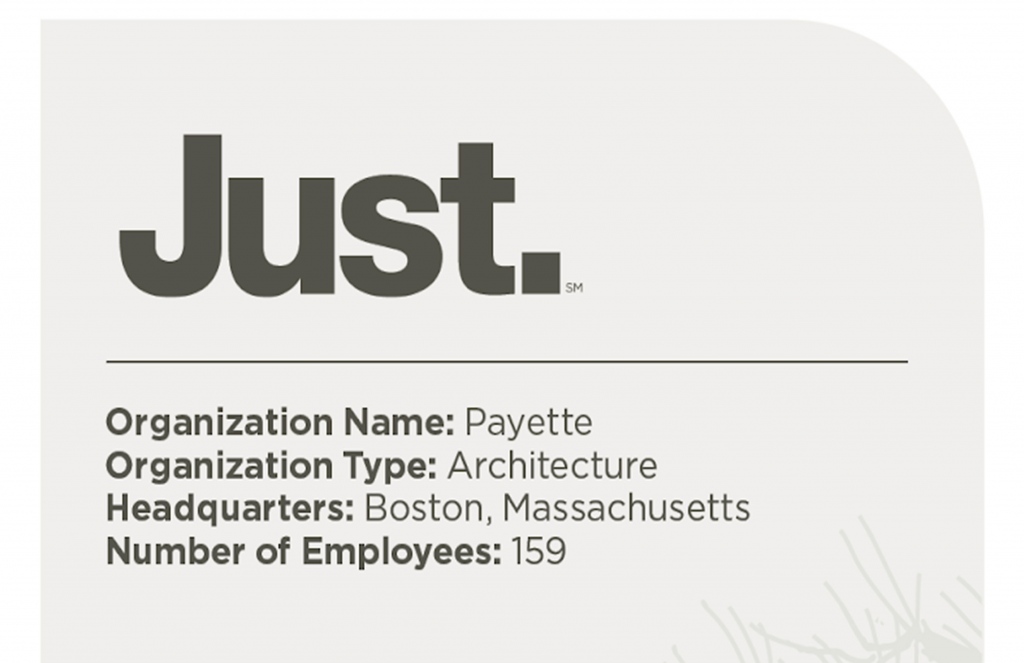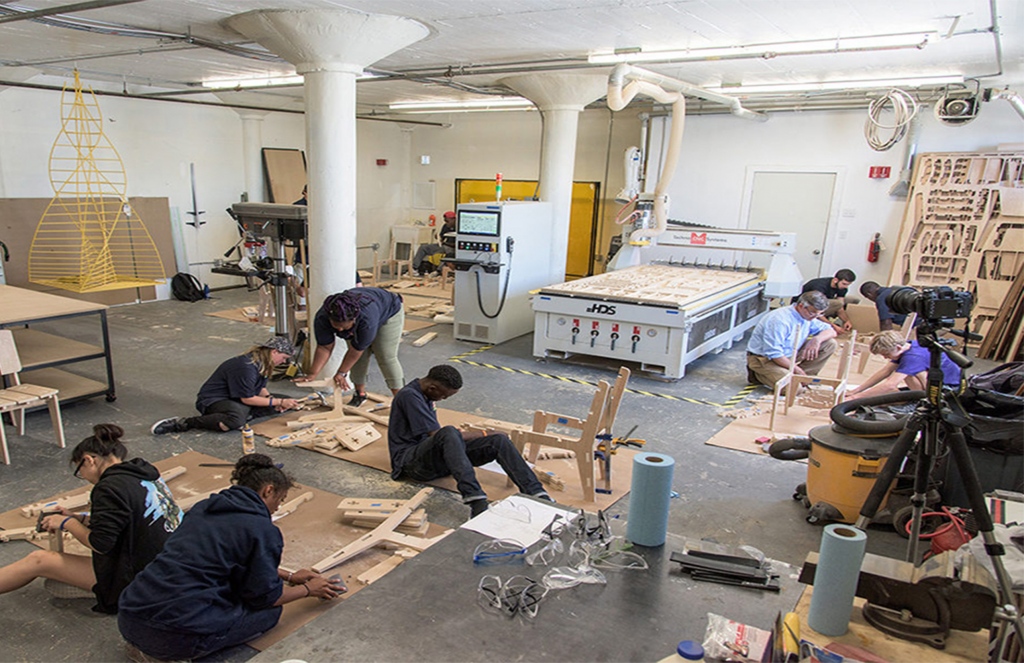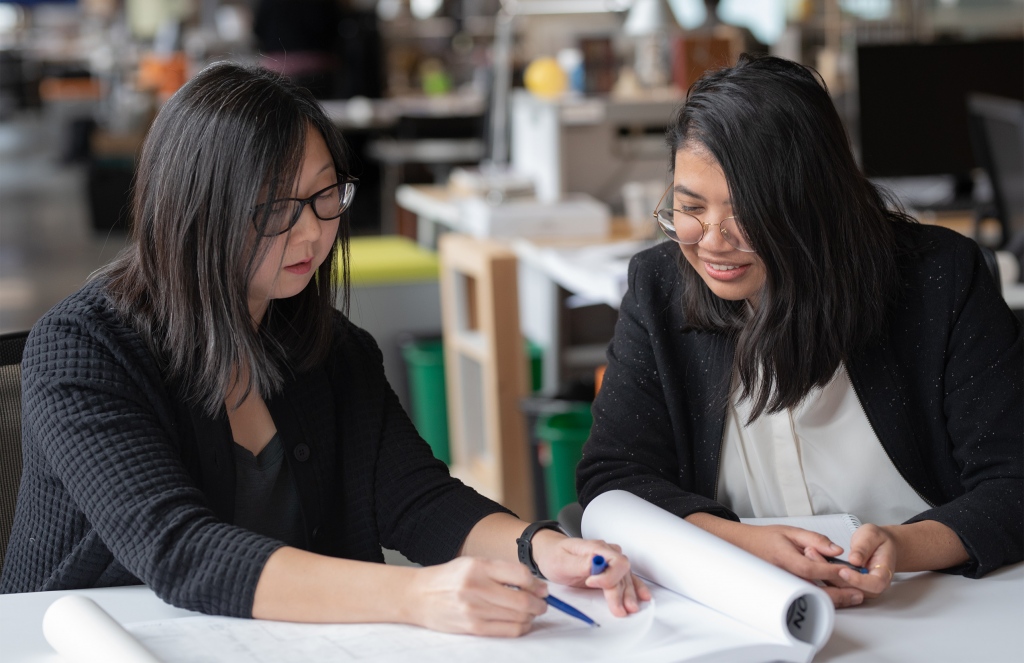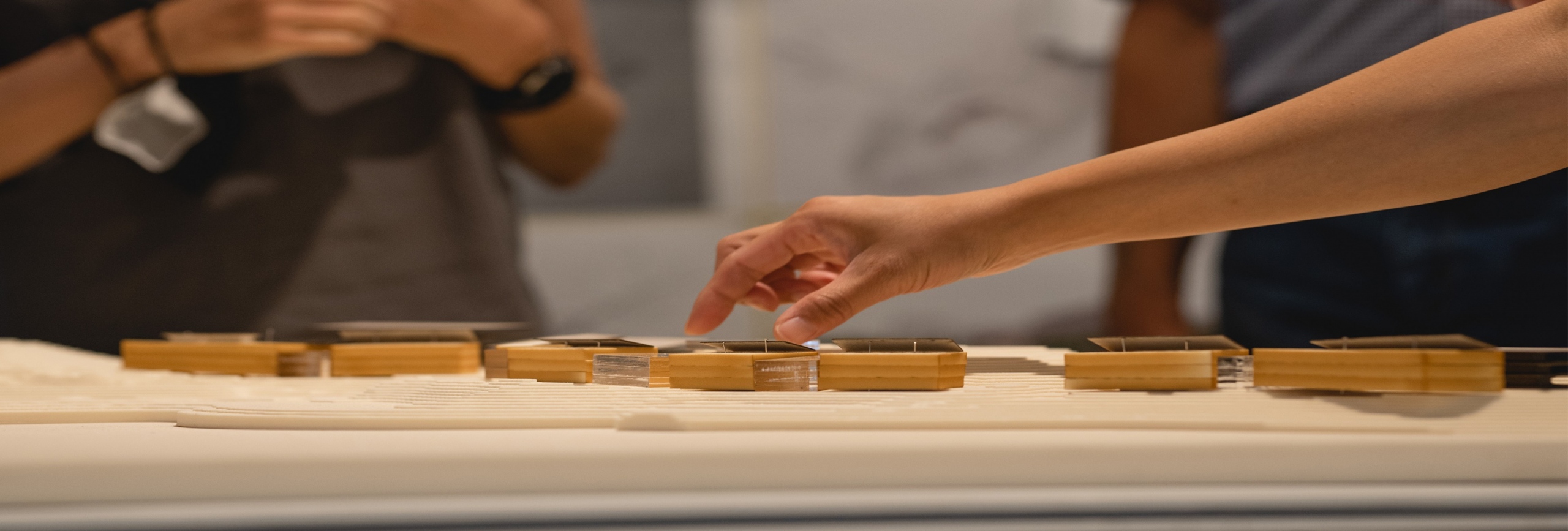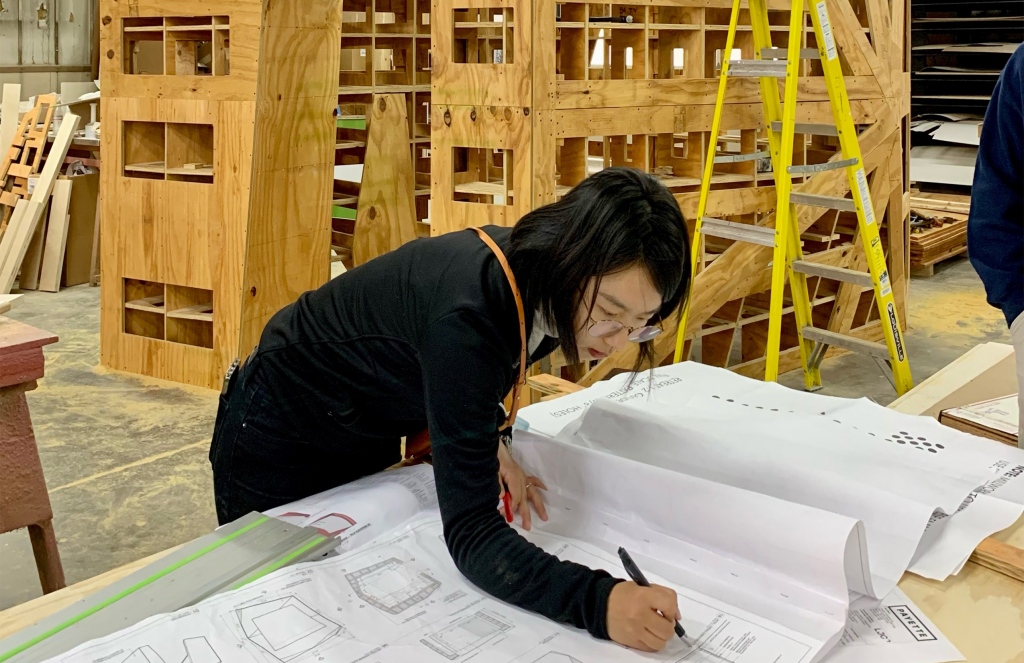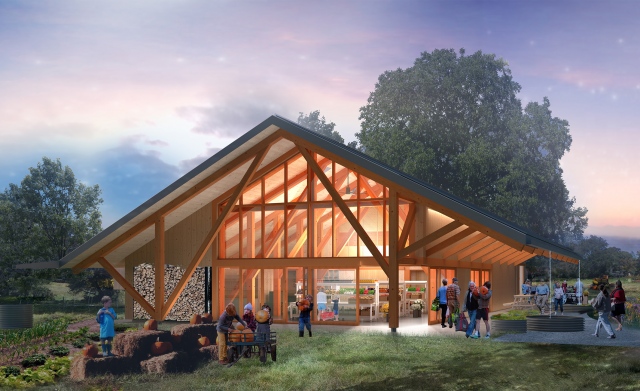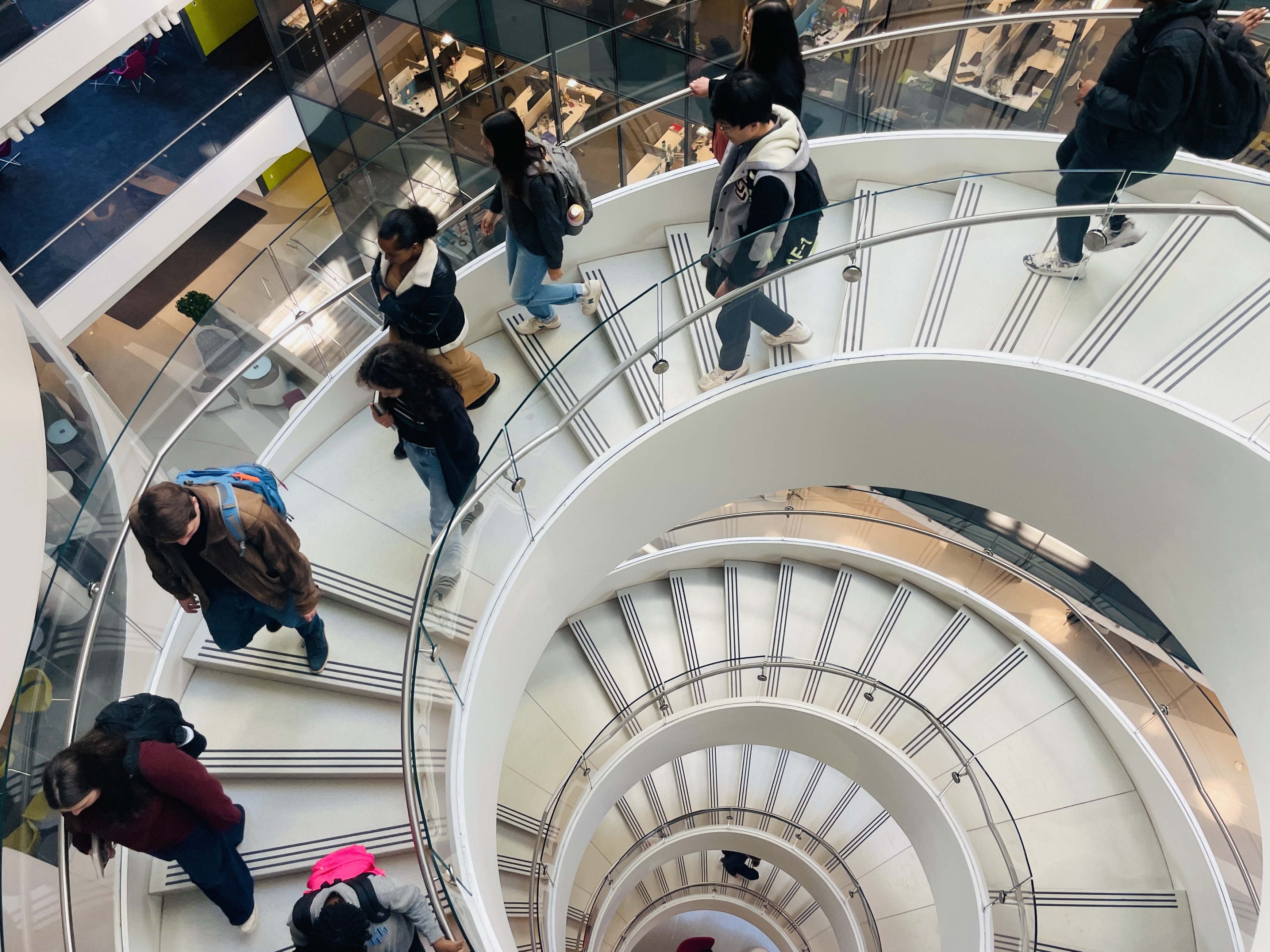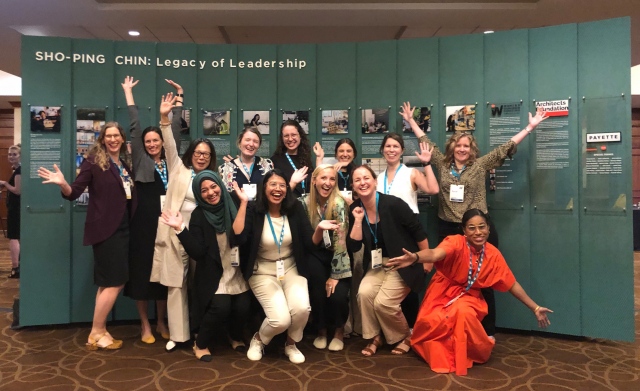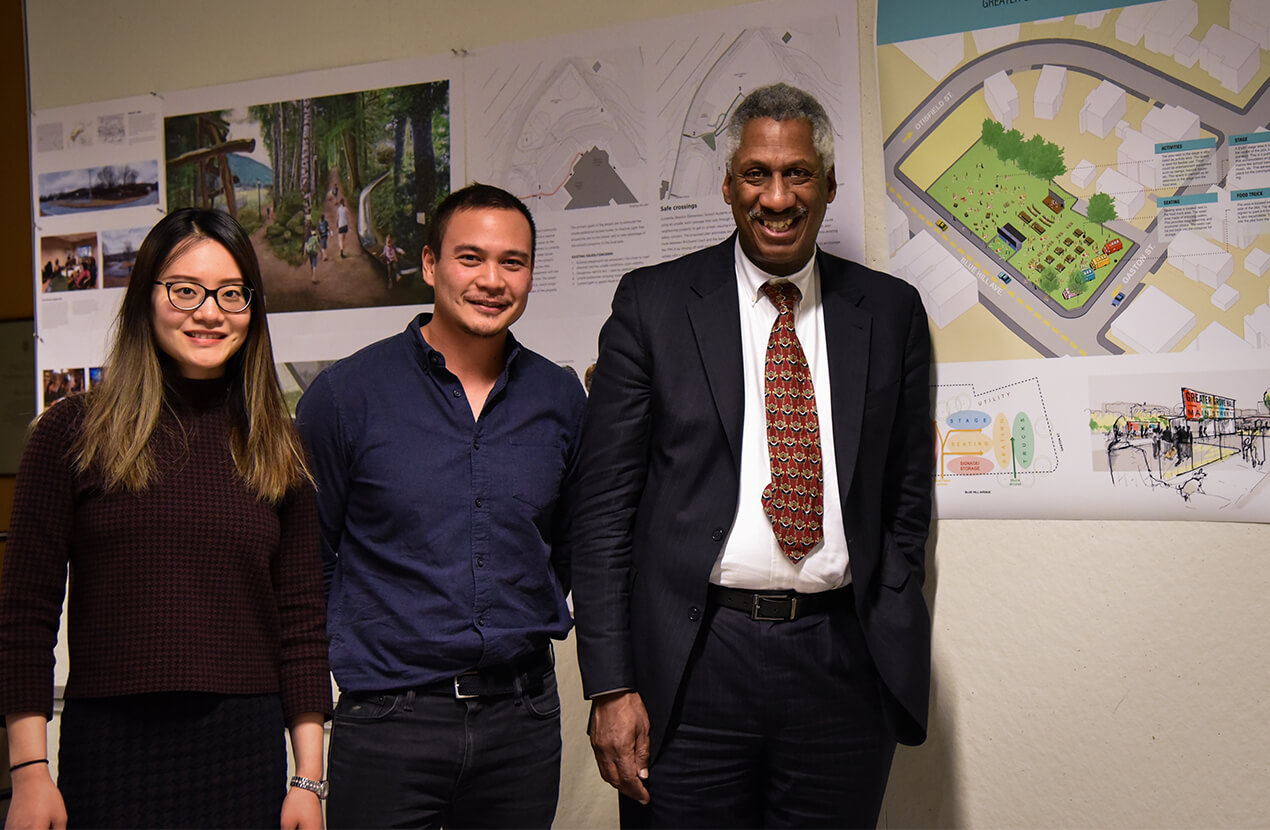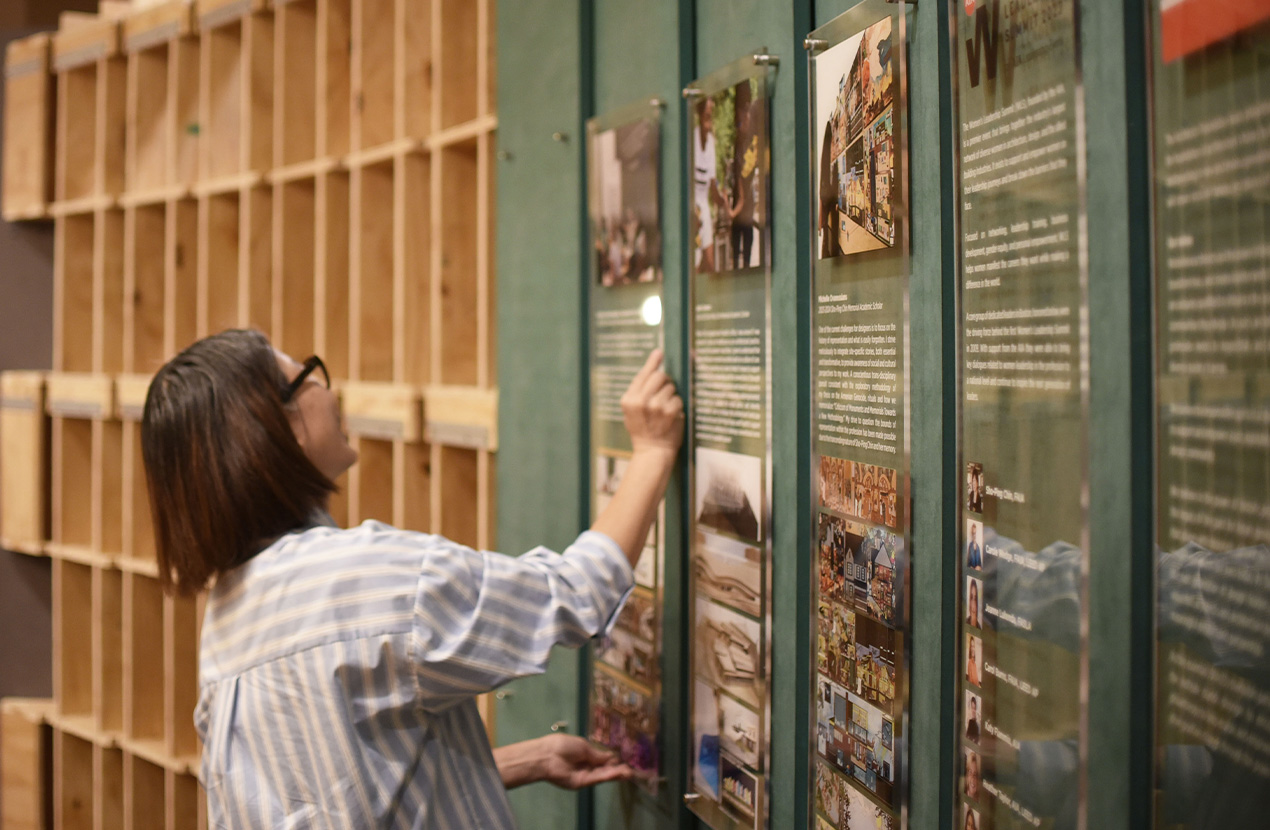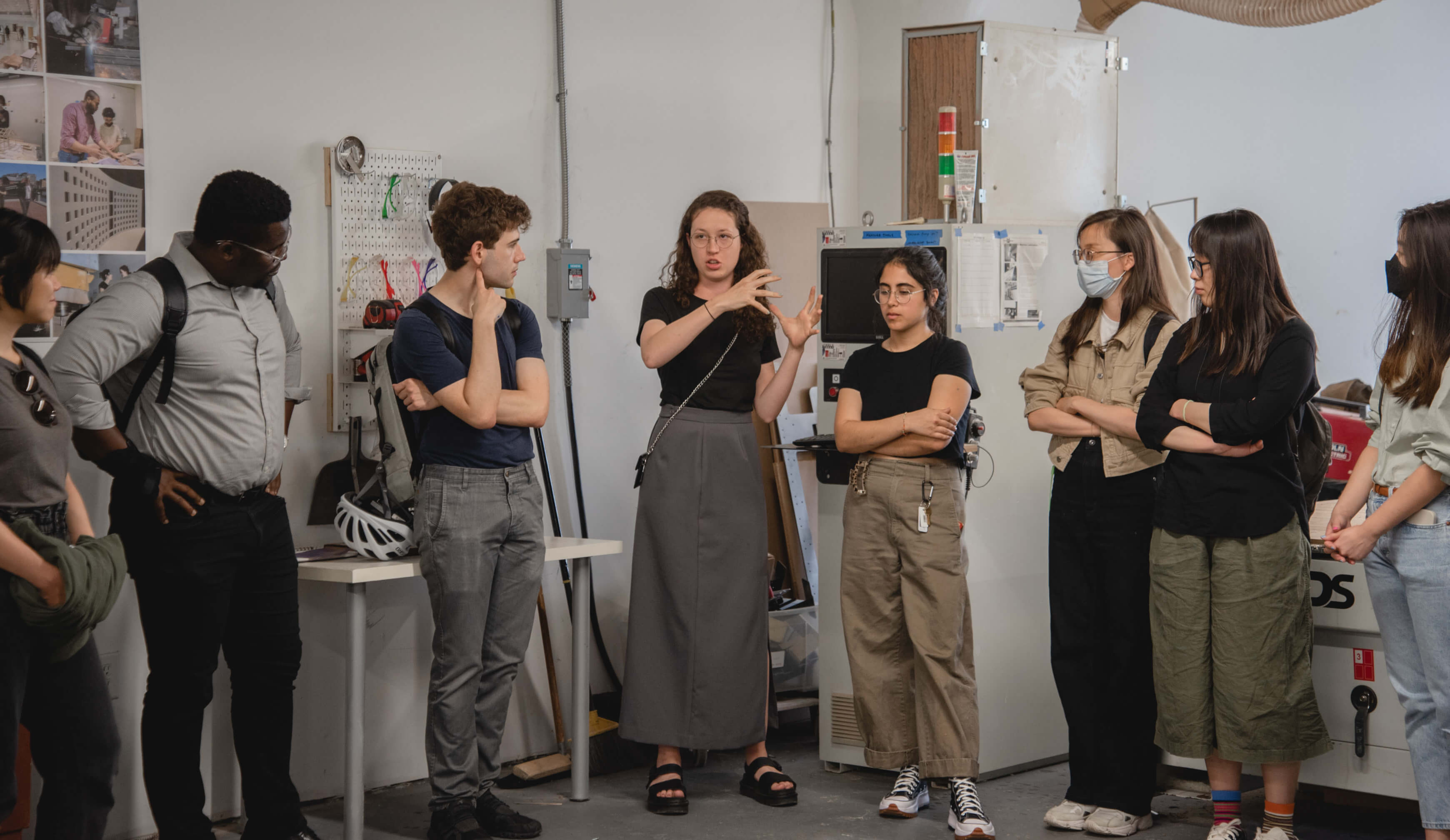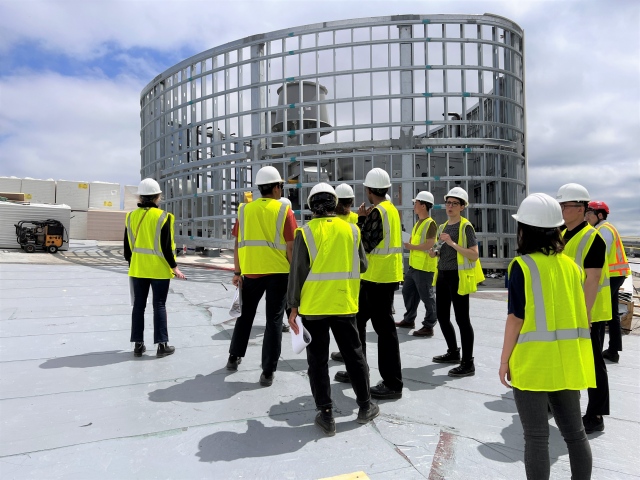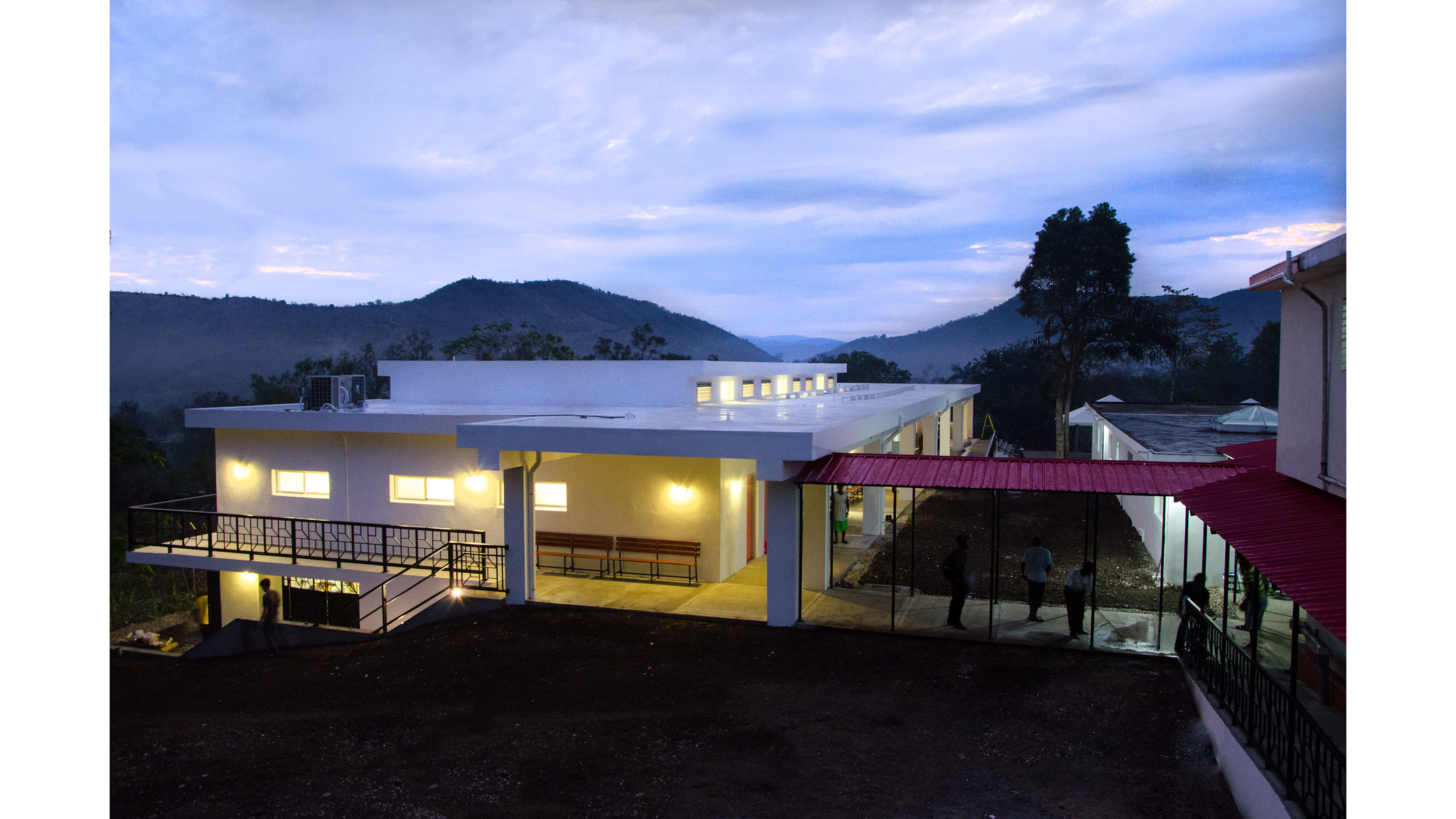PAYETTE commits to building a more diverse, equitable and
inclusive practice that allows our clients to do their best work.
A HUMAN-CENTERED PRACTICE
We celebrate architecture for people, openness in our practice and collaboration as the path to innovation. Tom Payette embodied his mantra—Architecture is for people, not for the gratification of the architect—in deeply humanistic work. Our practice draws from the diversity of lived experience and is designed to amplify those voices through multigenerational, diverse teams and leadership—an outgrowth of decisions made decades ago—he shaped our practice into a collaborative culture of diverse voices with multi-generational leadership. This investment in the firm’s future set an important foundation to our current office culture of rich diversity, inclusivity, equity and equitable advancement.
COMMITMENT TO CHANGE
PAYETTE actively focuses on issues of equity, diversity and inclusion in our work, in community outreach, and within our firm. We accept and share the responsibility to advance our profession and establish decisive actions that counteract its historically pervasive atmosphere of exclusivity. We must and will do more to support individuals who have felt marginalized and excluded from our work. We are committed to being actively anti-racist, pro-women and pro-LGBTQIA+ by promoting inclusivity across the firm. As a direct result of our efforts, we are proud to report significant progress in the makeup and outreach efforts of our firm.
EDI ACTION PLAN
We actively embrace diversity and codify this longstanding ethos in our Equity, Diversity and Inclusion Action Plan. We track and report progress toward our goals to hold ourselves accountable. This plan impacts all facets of our firm: project team composition, self-education to increase staff literacy and awareness, and an inclusive client-facing design process. PAYETTE is a performance-driven practice and we employ the same rigor and analysis on the design of our practice as we do on our buildings. This is exemplified, at least in part, by the EDI goals we have set for ourselves to achieve a workplace that better represents our community and clients. We are deeply committed to addressing issues of equity, diversity and inclusion and it is also important to acknowledge that we ourselves are a work in progress.
Our work is guided by four areas of focus:
- Generational Improvement
- Self Awareness and Transparency
- Commitment to Community
- Inclusive Design
PAYETTE is committed to a more equitable architecture practice that reflects the community within which we work. We have several initiatives aimed at introducing local high school students to the architecture profession and we proactively recruit from under-represented groups, institutions and geographic areas to ensure that an inclusive pool of candidates is pursued. We want to ensure that diversity is maintained at every level of the firm and this is supported through our job postings and robust mentorship program.
We track our progress regularly to ensure we meet our targets for gender and racial/ethnic diversity. Participating in programs such as the International Living Future Institute’s JUST Label allows us to measure and define our commitment by pre-established benchmarks. This rigorous process has taught us where we are and where we can do better.
EDI QUARTERLY SURVEYS & REPORTS
To foster a culture of transparency and communication, all staff are encouraged to fill out a brief quarterly survey focused on their attitudes towards engagement and inclusion within both their projects teams and the office. The survey asks one or two focused questions about policies the EDI Committee is considering for implementation. Attitudes towards the proposed policies and announcements for other EDI initiatives are published in a quarterly EDI Report that documents progress and identifies improvement areas within the firm.
At PAYETTE, we believe in the importance of contributing and giving back to the communities where we live and work; making design collaborative and accessible to everyone. We engage with, listen to, and learn from our community partners. These outlets provide us the opportunity to apply our creative skills, and those of our collaborators, to work for the good of our community.
COMMITMENT TO PRO BONO
PAYETTE collaborates with industry partners and community organizations to provide resources for bigger projects. This allows for extensive collaboration, the refinement of design ideas as well as built projects.
MLK DAY OF SERVICE
Since 2019, PAYETTE hosts an annual Day of Service on Martin Luther King, Jr. Day where employees dedicate their time to planning and designing solutions for our non-profit community partners. Each year, PAYETTE donates more than 1,000 hours to design projects that range from urban planning, to landscape design, to interior renovation. Through this highly collaborative process, we help our community partners tackle problems they are facing while building stronger relationships with each other.
Over one third of PAYETTE staff volunteer in this program and each team is led by a young designer. With such a wide range of design talents, we are able to support projects of different scales and typologies. Deliverables typically include materials used for grant and donor funding or for municipal permitting.
Our design philosophy focuses on people—a value that is embedded throughout our work. As a human-centered practice, we strive to deeply understand the problems our clients face. We plan and design each building through the lens of social equity, diversity and inclusion. Fundamentally, this begins with, and revolves around, the users of a space. Equitable design strategies expand our thinking by broadening the spectrum of users explicitly considered when designing a space. We know our users, and we listen to them. We believe that every project begins with a different story, and that each building has a unique soul.
Related Content

